Введение
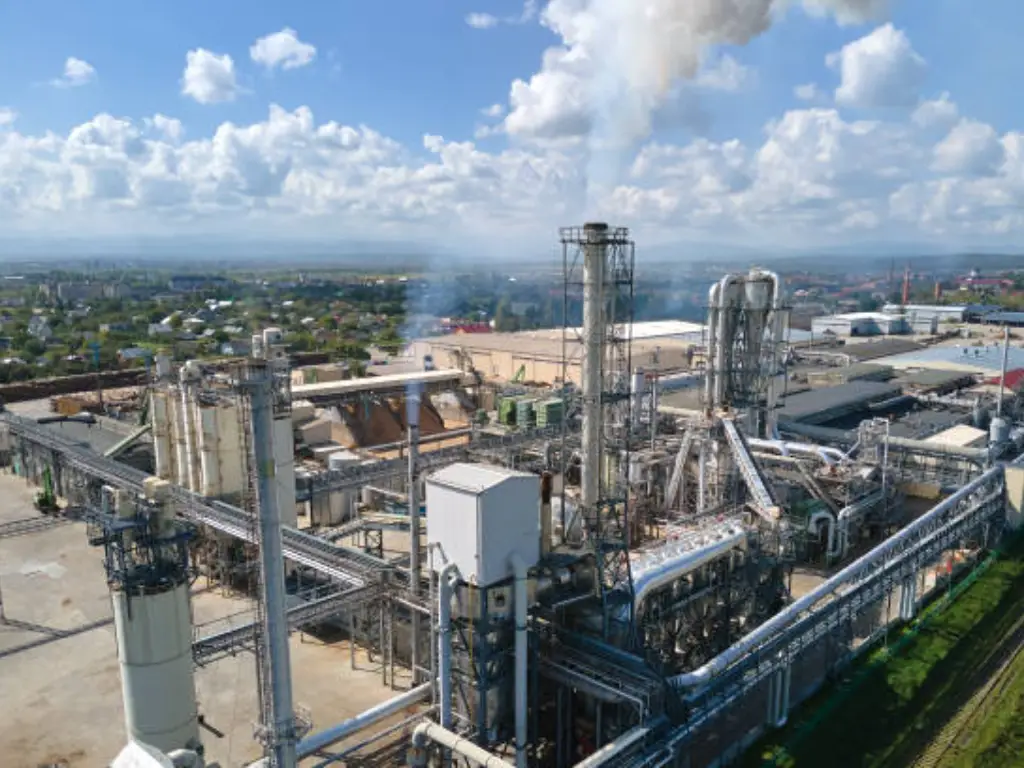
It is quite shocking to realize that the gasoline in your car, the plastic in your phone, and even the asphalt on the roads you drive are all made by the oil and gas industry. All these products, and many others, are produced in the downstream operations segment of this enormous industry. The downstream operations sector involves the processing of crude oil and natural gas products into useful products that are used in our daily lives.
In this article, we will look at what the downstream oil and gas sector is, and how it is important in the process of oil refining and conversion of raw materials into usable products such as gasoline, diesel oil, and jet fuel. We will also explain where this sector is located in the context of the natural gas industry and why it is important for the world’s economy and our lives. If you want to know how your car fuel is produced or the processes involved in the production of the many products you use in your day-to-day lives, then this overview will give you a clear understanding of the downstream operations sector and its importance.
Evolution of Downstream Oil and Gas
| Historical Period | Описание |
| Early Development (Mid-19th Century) | – Initial oil refining technology focused on distilling crude oil into kerosene for lighting.- Small, rudimentary oil refineries laid the groundwork for the modern energy industry. |
| Automobile Adoption (Early 20th Century) | – The widespread use of automobiles increased gasoline demand.- Advanced refining techniques like thermal cracking were developed to produce gasoline more efficiently. |
| Catalytic Cracking (1930s) | The introduction of catalytic cracking improved refining efficiency and met the growing demand for high-octane fuels, particularly during World War II. |
| Post-War Expansion (Mid-20th Century) | – Rapid expansion as global economies recovered and industrialized, with refineries growing in size and complexity.- Emergence of petrochemical plants converting byproducts into synthetic rubber and plastics. |
| Modern Challenges (21st Century) | – Facing stricter environmental regulations and shifting market demands.- Investing in technological innovations such as low-sulfur fuel technologies to improve energy efficiency and reduce emissions. |
Key Processes in Downstream Oil and Gas
In the downstream operations industry, crude oil and natural gas products are processed to become useful products and each of these processes has its technical specifications.
The refining process starts with distillation where crude oil is heated to its boiling point and converted into vapor. The vapor is taken through a distillation tower and the condensation level varies depending on the boiling point of the components and the products include gasoline, diesel, and kerosene. After distillation, the dense phases are subjected to catalytic cracking which further divides them into smaller and more valuable molecules such as those used in petroleum gas and aviation fuel. This process involves the use of catalysts to enhance the rate of chemical reactions while at the same time improving the overall rate of return. Second, hydrotreating eliminates sulfur, nitrogen, and metal impurities from hydrocarbons to obtain environmentally compliant fuels.
Natural gas processing also has several important stages. The first step is dehydration, which removes water vapor to avoid the formation of hydrates that may block transport pipelines. This is then followed by impurity removal in which carbon dioxide and hydrogen sulfide are removed to meet safety and quality standards. Another important process is Natural Gas Liquids (NGL) extraction where ethane, propane, and butane among others, are produced through cryogenic processes from the natural gas stream. These NGLs are not only important as fuels but also as raw materials in the natural gas business.

During all these processes, the production of oil valves is very crucial in the whole process. In distillation, they regulate the movement of vapor and pressure within the distillation towers to achieve the right separation of the components. In catalytic cracking, valves control the reaction parameters to improve the effectiveness of chemical transformations. In hydrotreating, they ensure that the pressure and temperature are kept high enough to ensure that the impurities are removed. During each stage of natural gas processing, valves control the flow rate and pressure of the gas stream and the quality of the final product. They also regulate the low-temperature conditions during NGL extraction that are necessary for proper liquid separation. Being part of the fluid control system, valves provide the necessary level of safety, quality, and reliability in the course of these processes.
Supply Chain and Distribution Network
The downstream supply chain is a subsector of the oil and gas industry, which is involved in the distribution of refined products from the refineries to the consumers. This process is closely related to the upstream business and midstream business, which constitutes a complete industry system.
- From Refining to Retail
The process of petroleum products starts upstream which involves crude oil exploration and production, followed by midstream which is the transportation and storage of crude oil, and finally downstream which is the refining of crude oil. In refineries, crude oil is processed into finished products such as gasoline, diesel, and jet fuel among others. These products are then shipped to distribution terminals through transcontinental tankers, rail, or pipelines. At the terminals, they are stored in tanks for some time before they are transported to the various retail outlets like the service stations in tank trucks. This helps in ensuring that products get to the market in the right manner and at the right time to meet the needs of the consumers.
- Key Roles and Infrastructure
Critical infrastructure such as pipelines, storage tanks, and transport vessels play pivotal roles in transportation and distribution:
Pipelines are crucial in linking upstream operations, midstream operations, and downstream operations phases to ensure the smooth and safe transportation of products from production to the market.
Storage Tanks are useful in the market by acting as a buffer to avoid market instabilities due to changes in supply and demand.
Transport Ships and Rail Tank Cars transport bulk products to different areas and markets around the world and within the regions to meet the demand of the global economy.
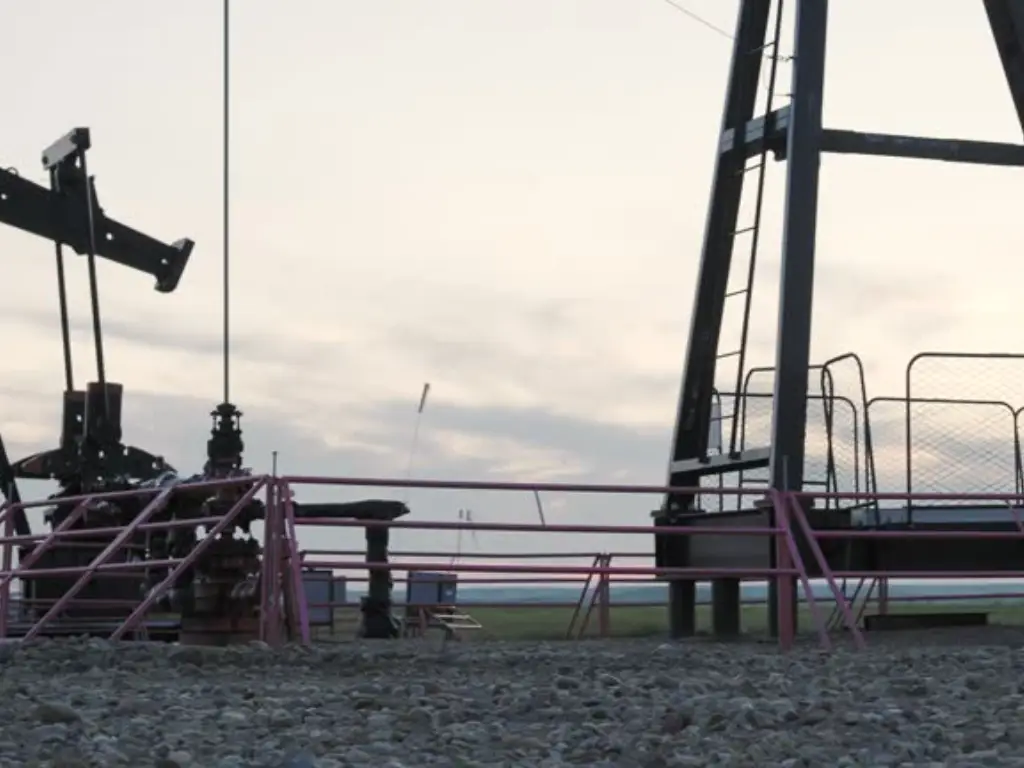
Marketing and Retail in the Downstream Oil and Gas Sector
The final step of the downstream operations industry is marketing and retail which plays a vital role in the distribution of refined petroleum products to the final consumers. These stages are not only the sale and distribution of the products but also encompass brand building, customer relations, and positioning.
- Marketing Strategies
In the context of petroleum products, several product marketing strategies are used in the market to ensure that the company’s products stand out from the rest.
Brand Promotion: Shell and ExxonMobil are among firms that spend a lot of money on advertising messages that focus on product quality, environmental concerns, and new technology. Such campaigns are important in creating brand awareness and targeting consumers who are becoming more conscious of the environment.
Customer Loyalty Programs: Most fuel retailers use incentives such as loyalty programs to ensure that their customers continue to patronize their products. Such programs may include fuel discounts, points that can be used to purchase items in the store, or partnership privileges with other stores.
Product Differentiation: With the help of premium high-octane fuels or low-sulfur diesel, companies can target specific segments of consumers who require higher performance and lower emissions. This differentiation enables companies to come up with other sources of income apart from the normal fuel sales.
- Retail Operations
Retail operations are the public interface of the downstream operations sector and are critical in the sale of products and the satisfaction of the consumer.
Retail Network Expansion: Firms never cease to seek ways how to widen their retail outlets by adding more gas stations, particularly in fast-growing regions. Accessibility, services, and pricing are some of the critical success factors that have to be considered in the retail business.
Convenience Stores and Additional Services: Today’s fuel stations have added facilities such as convenience stores where customers can purchase food, drinks, and other products as they fuel their vehicles, making the experience enjoyable and adding on revenue streams. Some of the stations also provide car wash services and other automotive needs hence becoming one-stop centers for motorists.
Technology Integration: Mobile payment systems and application-based promotions make transactions easier and also improve the services. Through the use of digital platforms, companies can be able to promote their products and services in a more personalized manner, and at the same time, they can gather information about the consumers that can be used to improve the business models even further.
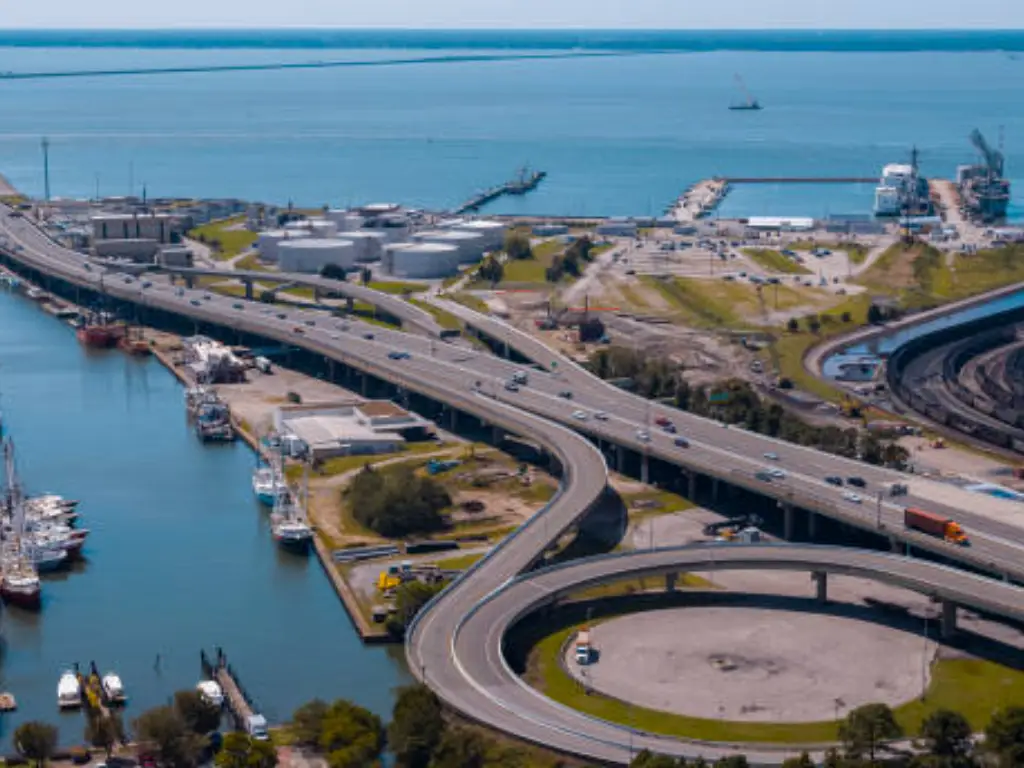
Major Products and Their Everyday Impact
The downstream oil and gas industry is a very important sector in the transformation of crude oil and natural gas into products that are essential in the economy and our daily lives. Some of the products are gasoline, diesel, and jet fuel while others are specialty products such as lubricants, plastics, and pharmaceuticals.
- Gasoline: Being one of the most important automotive fuels, gasoline is a key component of the global transportation system. It influences daily commuting, goods distribution, and the economy due to its availability and price.
- Diesel: Diesel is mostly used in trucks, buses, and some cars and is critical in the transportation of goods over long distances. It is also used in construction, farming equipment, and backup generators, which shows its versatility and necessity.
- Jet Fuel: This specialized aircraft fuel is essential for international travel and commerce and for the transport of goods and services, both business and leisure, around the world.
Beyond these fuels, the downstream supply chain also provides various derivative products that profoundly affect our daily lives: Beyond these fuels, the downstream supply chain also provides various derivative products that profoundly affect our daily lives:
- Lubricants: These products act as lubricants and minimize wear and tear of mechanical parts in machines, automobiles, and industrial plants and are essential in many industries.
- Plastics: From refined products, plastics are essential in contemporary society with applications in packaging, consumer electronics, medical equipment, and automobiles among others.
- Pharmaceuticals: Products derived from the petrochemical industry are vital in the production of drugs and other medical necessities since they contain vital components of medicines and medical devices.
Additionally, natural gas products seamlessly integrated into daily life include:
- Synthetic Fibers: For instance, polyester and nylon that are used in the clothes we put on every day are products of petrochemical processes.
- Synthetic Rubber: Applicable to products such as shoes, tires, and medical equipment also demonstrates the versatility of downstream processes.
Apart from tangible goods, the downstream sector provides support to basic infrastructure and technology development. Petroleum products such as bitumen are used in the construction of roads while insulation materials that are produced from petrochemicals improve the energy efficiency of buildings.
In agriculture, fertilizers and pesticides increase crop production, which is very vital in food production. In technology, materials that are generated through downstream processes are crucial in the production of semiconductors and other electronics that are key to innovation and connectivity. This unseen impact helps in the growth of the economy and society and enhances the standard of living across the world. As the downstream oil and gas sector supports critical services and industries, it is evident that it is an indispensable part of contemporary society.
Sustainability in the Downstream Sector
The downstream oil and gas industry is also focusing on the reduction of environmental effects and the promotion of sustainability. Some of the major environmental issues are emission control and waste management since the refining process is known to release greenhouse gases and other pollutants. To overcome these problems, the industry is implementing better technologies and techniques to reduce the emission of air and water pollutants.
Technology is the key to environmental objectives. The downstream sector is aimed at producing cleaner fuels, and low-sulfur fuels to help reduce sulfur dioxide emissions. They are also using low emission technologies improving energy intensity to decrease carbon emissions, and improving the refining processes to minimize emissions.
One of the major issues is the conflict of interest between the economic profitability and the environmental impact. Managers require balancing investments in green technologies with profitability, which entails improving technological research and operations to decrease costs and environmental effects. By so doing, companies can meet their environmental obligations and at the same time achieve sustainable business returns.
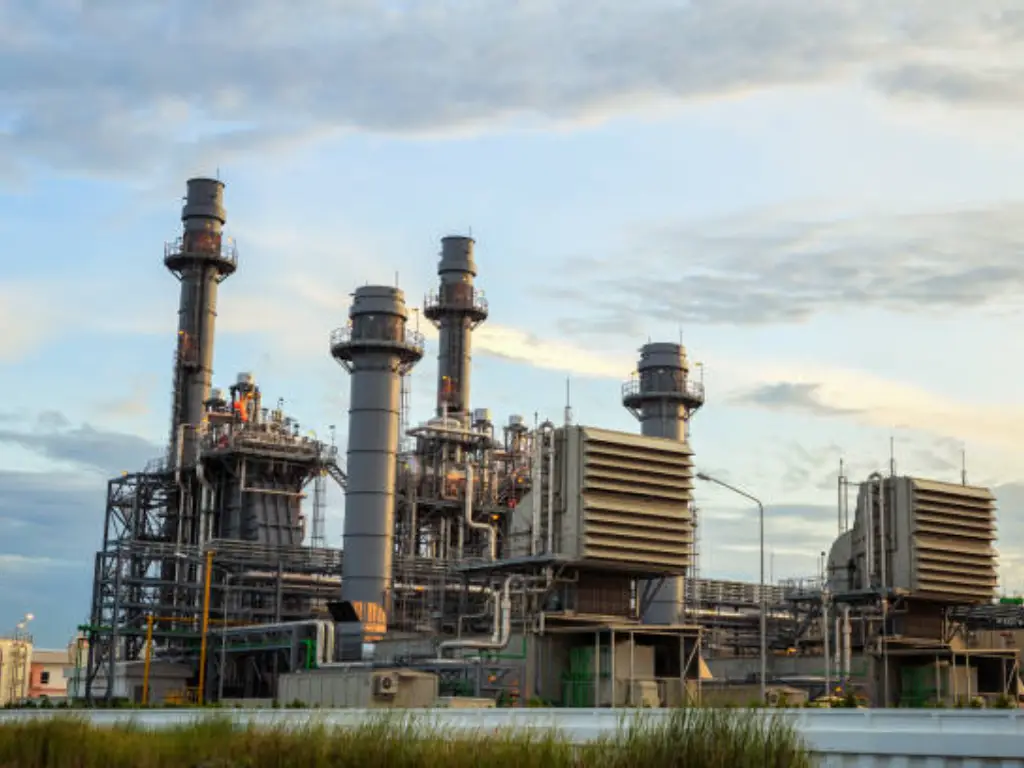
Market Dynamics and Pricing in Downstream Oil and Gas
The prices of petroleum products in the downstream sector depend on various factors such as crude oil prices, demand and supply, and other factors such as geopolitical activities.
- Price Drivers
- Market Impact
The downstream market is significantly affected by global events. Large-scale events or calamities affect the supply chain and this results in scarcity of products and high prices. Also, the shifts in the regulatory and environmental standards may lead to changes in the production processes or the formulation of products by downstream firms, which in turn influences costs and market outcomes. Market forces exert a strong impact on the profitability of companies in the downstream sector, which is usually characterized by rather low margins. Businesses need to increase productivity and improve their planning to sustain their profitability in the context of fluctuating markets. For example, firms can enhance the process of refining or enhance the strategies of transporting crude oil to cut costs or employ derivatives such as hedging to mitigate the impact of crude oil price volatility.
Economic Contributions of the Downstream Sector
The downstream oil and gas sector is a key sector in the development of the economy and the provision of employment in the global market. It turns the raw materials into valuable finished products and thus boosts the local economy and world trade. The downstream sector plays a major role in economic development since it offers employment opportunities in different fields. In addition to refining and distribution, it creates employment in manufacturing industries, transport, and marketing. Refineries and distribution networks create direct employment and also encourage other related businesses such as the supply of equipment, maintenance services, and transportation. In addition, the downstream sector increases industrial activities hence providing the government with taxes and royalties for infrastructure and service delivery. This financial input assists in the creation of other economic activities, thus creating a circle of investment and sustainability within the local and national economy.
Case Studies: Leading Downstream Companies
In the downstream oil and gas sector, ExxonMobil and Shell have recorded a lot of success through technology and investment, and this can be a good example for other oil companies in the industry.
- ExxonMobil: Has strengthened its position by constantly developing new ways of enhancing technology, increasing organizational effectiveness, and enhancing the quality of products. The company has also embarked on research and development of superior catalysts and refining techniques that improve on efficiency and lower costs. ExxonMobil has been able to cut both energy use and carbon emissions during the refining process through better equipment and process design. Its refineries are efficient and meet all the environmental standards as required in the modern world.
- Shell: Is among the leading countries in the shift to green energy, having spent billions in wind, solar, and biofuel technologies. Shell’s strategy is to generate 4. 5 million tons of renewable fuels annually by 2030. It uses state-of-the-art technologies in biofuel projects to enhance efficiency and the impact on the environment. Shell has strengthened its environmental profile by partnerships and has increased the number of charging stations for electric vehicles.
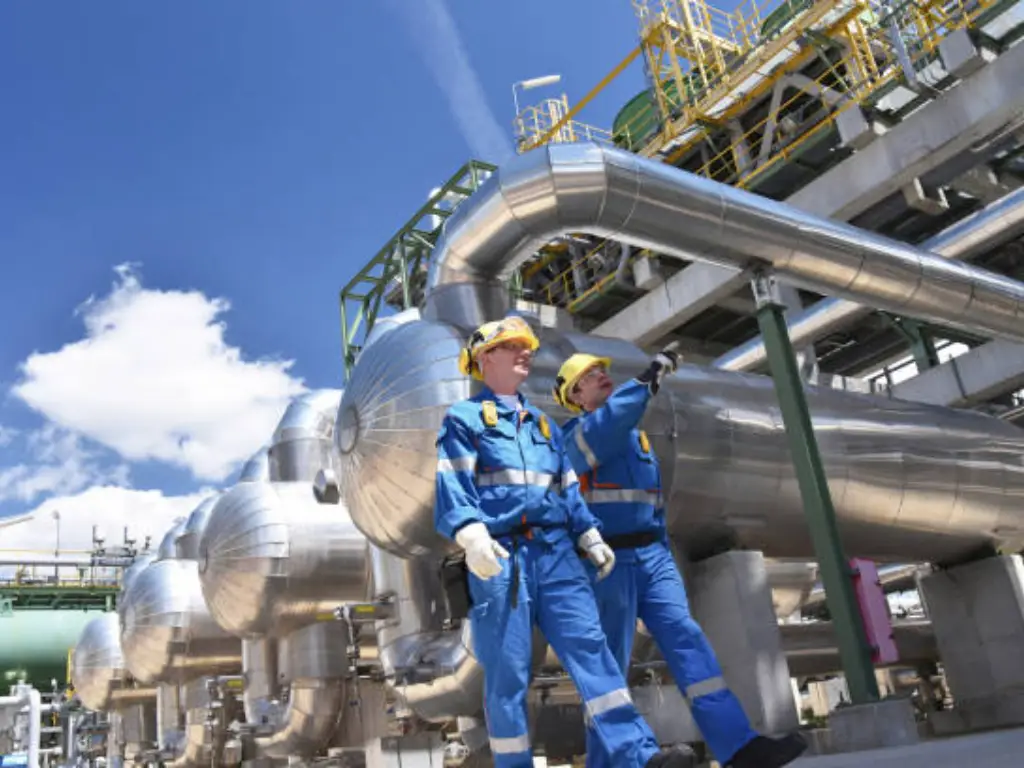
Future Trends in the Downstream Sector
The downstream oil and gas industry is experiencing changes in its dynamics due to the transition to renewable energy sources, the demand for cleaner products, and the use of digital technologies. As the energy sector continues to transform globally, the sector is embracing renewable energy and sustainability. Businesses are also using clean technologies and considering the possibility of developing renewable energy sources, including biofuels. This transition is in line with global sustainability and creates new opportunities in the markets of alternative energy sources. Thus, the downstream companies can address the increased environmental standards and consumer’s desire for environmentally friendly products.
At the same time, the shift to a low-carbon economy is both a threat and an opportunity for the downstream industry. To sustain competitive advantage, firms need to expand their portfolios and incorporate low-carbon and carbon-neutral technologies. This includes researching on production of hydrogen, carbon capture and storage, and new technologies for recycling plastics. The digital transformation of the industry has a significant role in this adaptation as it helps in enhancing operational efficiency and decreasing emissions with the help of data analytics, artificial intelligence, and automation.
By adopting these changes, firms can manage risks that are likely to be associated with operations in a carbon-constrained world and at the same time gain a competitive edge. It is proactive investors in sustainable solutions and innovative technologies that are likely to shape the future energy market.
Заключение
The downstream oil and gas sector is an important segment of the global energy industry as it provides products that are critical to the functioning of modern society and numerous industries. Some of the challenges that have been observed to affect this sector include; high stringency of environmental standards and high technological dynamism. But these are also areas of change and innovation – where new approaches can be developed and implemented. The downstream industry has to adapt to change as the world moves towards sustainable energy solutions in the future.
Dombor Valve: Empowering Downstream Success
The downstream oil and gas sector is a highly dynamic sector and precision and reliability are critical in this sector. These needs are met by DomBor Valve which provides total valve solutions that guarantee safety and reliability in the refining, petrochemical, and LNG industries. Our range of valves includes butterfly, ball, and gate valves that are designed to operate efficiently in high-temperature and high-pressure conditions. DomBor Valve has been in the business for more than two decades and has state-of-the-art digital design solutions that ensure smooth functioning and efficiency. Learn how our reliable valves can take your downstream operations to the next level. Discover our valve solutions now!









